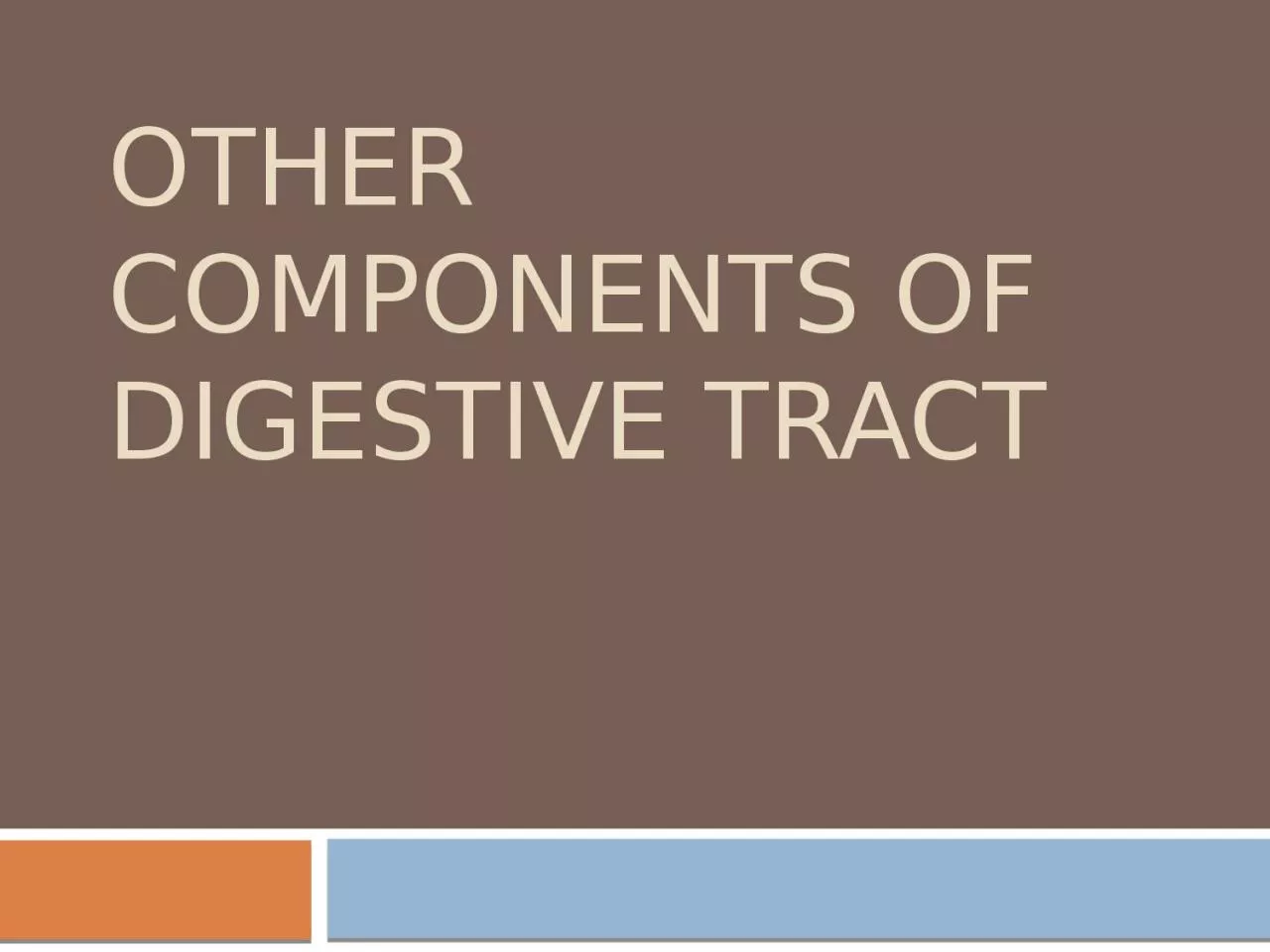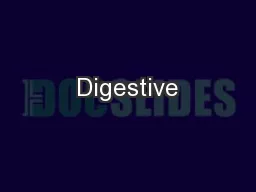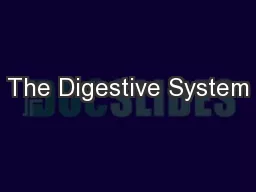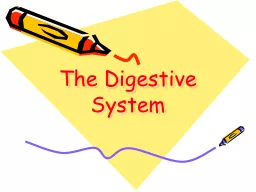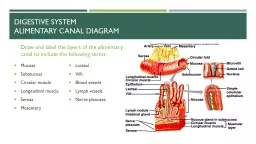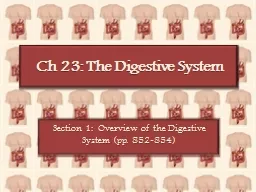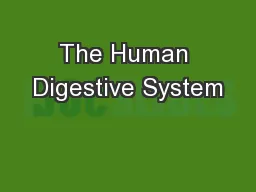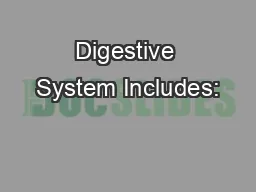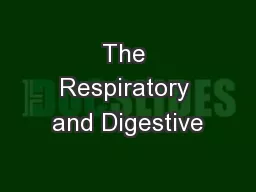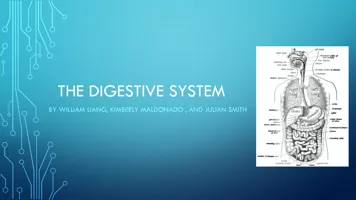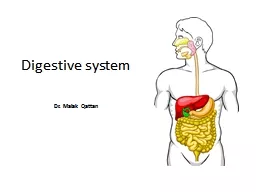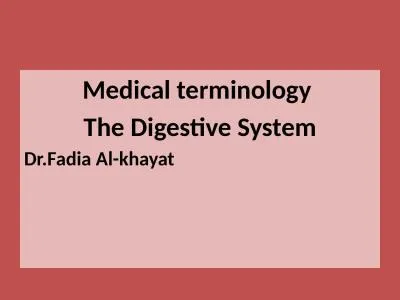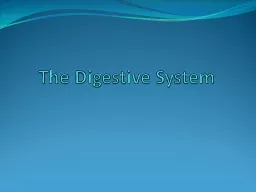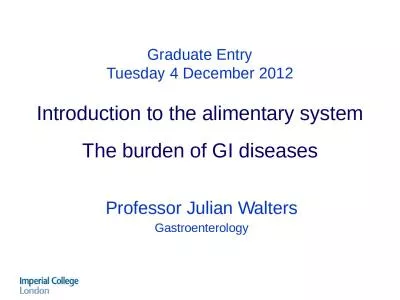PPT-Other components of digestive tract
Author : isla | Published Date : 2024-03-13
Passage rate How fast ingesta passes through the rumen Physical form of feed ingredients Rumination Feeding frequency meal size Rate of Flow Rate of flow of solid
Presentation Embed Code
Download Presentation
Download Presentation The PPT/PDF document "Other components of digestive tract" is the property of its rightful owner. Permission is granted to download and print the materials on this website for personal, non-commercial use only, and to display it on your personal computer provided you do not modify the materials and that you retain all copyright notices contained in the materials. By downloading content from our website, you accept the terms of this agreement.
Other components of digestive tract: Transcript
Download Rules Of Document
"Other components of digestive tract"The content belongs to its owner. You may download and print it for personal use, without modification, and keep all copyright notices. By downloading, you agree to these terms.
Related Documents

